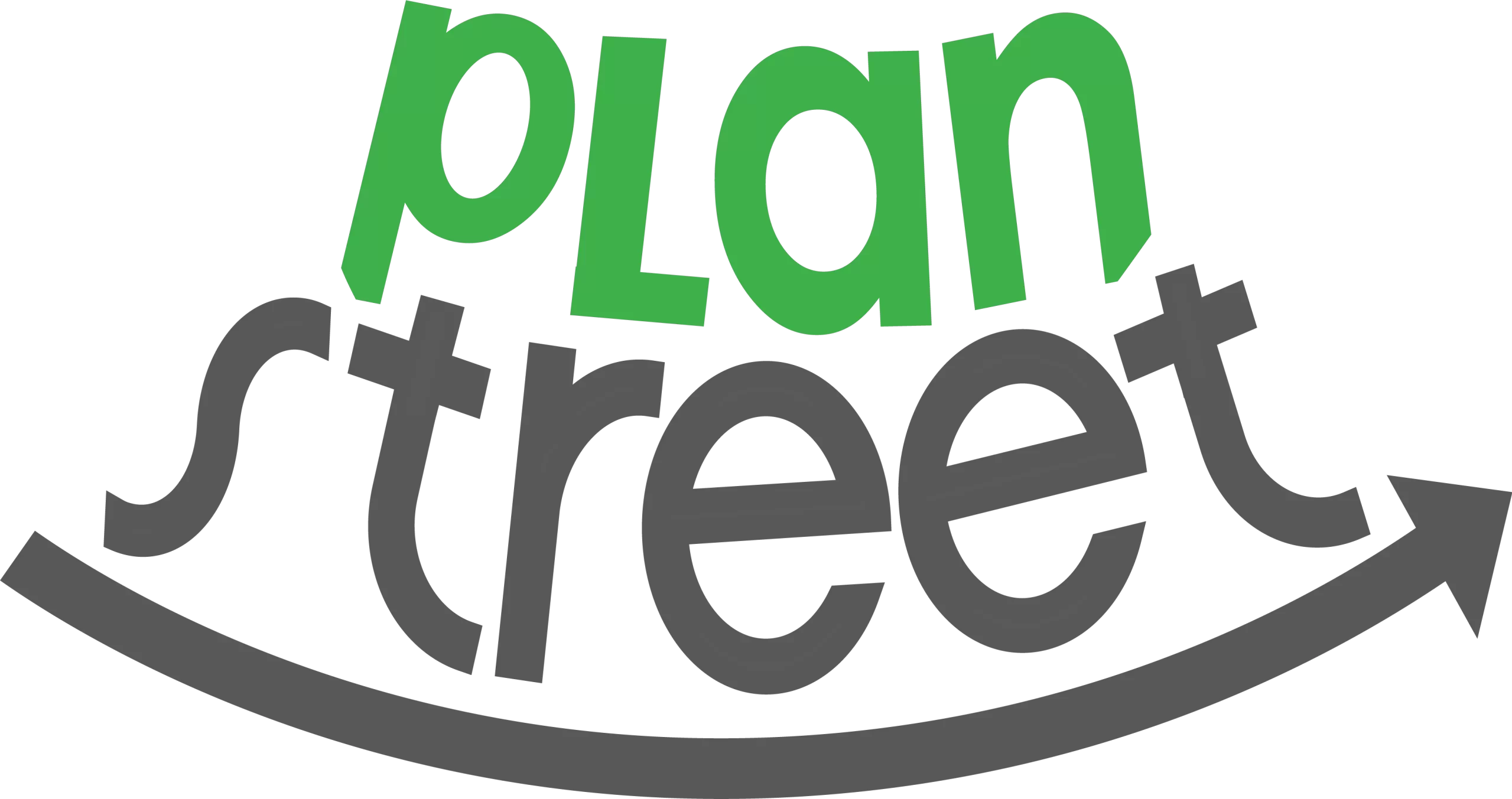3 Reasons Supportive Housing Residents Need Case Management Services

The pandemic pushed many Americans and their families to the financial brink. With the high costs of living and inflation, many are only a paycheck or two away from being out on the streets. According to a study from UCSF, people experiencing homelessness in the state of California:
- Had a median of 10 days’ notice that they were about to lose their housing.
- Cannot afford housing. 89% noted costs as a barrier to permanent housing.
- Lacked regular assistance. Less than 46% received formal assistance to secure housing during their time unhoused.
A staggering 41% of participants noted that they wanted to find shelter but were unable to access it. To secure permanent housing, supportive and transitional housing with case management services must be made available in communities. Case management provides a wide variety of services to match individuals and families with the skills and help needed to secure housing, employment, medical care, education, and more.
In this article, we’ll go over the need for permanent supportive housing programs, case management services for residents, and how to provide the best services possible through case management software.
The Housing First Approach
Rather than expect unhoused individuals to be able to find and secure housing on their own, the Housing First approach provides permanent supportive housing. This method doesn’t require people to “have it all together” before they secure housing at a homeless shelter or other supportive housing. They may have mental health or substance abuse issues, but Housing First prioritizes a person’s basic needs: food, water, and shelter.
The idea behind this is that once a person’s basic needs are met, they are then more capable of making choices to re-enter society. Housing First doesn’t mandate that people use services, but rather gives them the choice. The choice is important: if someone chooses to take action to secure medical care, employment, or help with substance abuse, it’s more likely to be successful.
The Housing First approach works. Studies show that with permanent supportive housing, $31,542 is saved on emergency services over two years. The Housing First program hinges its success on a critical addition: case management services.
Supportive Housing Case Management in Action: Project Welcome Home
The county of Santa Clara conducted a study from UCSF called “Project Welcome Home.” This study gave chronically homeless individuals with severe medical needs and other issues permanent supportive housing case management for two years. 86% of the participants remained in some sort of housing for several years. In contrast, only 33% of the control group did.
While the study didn’t expect to reduce medical services, because the participants were extremely ill, it did lower the need for costly psychiatric emergency departments. The study was able to implement more affordable outpatient mental health services. With robust case management services, even the most vulnerable populations in communities can be successfully housed.
3 Benefits to Supportive Housing Residents from Case Management Services
Supportive housing, which always offers case management services, benefits all types of unhoused people. For parolees, supported housing has proven to decrease jail time by over 60% and offer a 60% lower recidivism rate.
To improve health care for homeless women, the American College of Obstetricians and Gynecologists suggests improving coordination between community centers and health care case management services.
While these are just two examples, all shelter house residents can reap the three following benefits from case management services.
1. Case Management Services Create a Blueprint for Achieving Goals
A major problem for unhoused individuals is that there’s no clear path for them to secure permanent housing. They may know the problems facing them: a lack of employment, inability to pay for medical care, and a lack of necessary skills or other roadblocks, but have no idea how to overcome those hurdles.
Once placed into a permanent supportive shelter, case managers can work with clients to understand what’s stopping them from securing housing. Then, they can create a personalized blueprint for success. No two people will need the exact same services, and individualized care ensures that each person can discover what they need to do to secure housing.
This type of housing-focused goal setting has the following steps:
- Meet with the unhoused individual to help them brainstorm their housing goals
- Create actionable steps to meet those goals
- Connect them to the services they need (but make sure the person agrees to them)
- Review the plan regularly and adjust as needed.
Case management approaches differ depending on the needs of the individual. While all can provide necessary aid, studies have shown that intensive case management for homeless individuals (which is a comprehensive approach addressing multiple needs) substantially reduces the days a person spends unhoused.
2. Case Management Services Mitigate Behavioral Health Crises
In Los Angeles County alone, roughly $350 million was spent in 2014-5 on mental health treatment, making it one of the biggest expenditures on homeless adults in the whole county. These costs can be reduced with the implementation of case management services in supportive housing.
Case management focuses on assessing and planning out treatment for those with mental health issues. This focus on rehabilitation allows for unhoused people to secure the help they need before their mental health becomes a crisis. With case management, homeless people have an advocate to secure the services they need to re-engage with the community and someone who monitors them to ensure they’re receiving the care needed to stay healthy.
3. Case Management Services Can Lead to Employment
Unhoused individuals, particularly ones with mental health issues, benefit greatly from employment. An employed person is more likely to experience recovery from mental health issues, and employment reduces feelings of isolation and poverty.
A case manager can connect individuals with the assistance needed to choose, acquire, and maintain employment. This doesn’t mean that they’ll immediately be able to exit supportive housing, but continues to set the groundwork to stay successfully housed.
To help unhoused people stay successfully employed, case management services should involve:
- Helping job seekers discover what careers they could be good at and how to achieve those goals.
- Improve the skills needed to secure and retain jobs in their desired areas.
- Reach out to employers and agencies that could help match the person to the desired job type.
Implementing Case Management Software to Maximize Supportive Housing Services
Supportive housing services are often understaffed and overworked, making it difficult to provide adequate case management services to the people who need them. An excellent way to streamline supportive housing services is through the use of case management software. Organizations in supportive or transitional housing need an easy way to communicate with one another about each client and the status of their services.
Case management software offers a case board where all the information on one client can be easily accessed by all relevant case managers or individuals within the organization. This minimizes the excessive back and forth by email or phone and instead allows each person to focus on the needs of the individual.
Here are a few more of the ways that case management software maximizes housing support programs.
1. Simplifies Client Tracking
Many case managers may be working with 15-20+ different individuals. To keep all of their different needs organized, case management software offers an easy-to-use portal where you can see the status of every client that you’re working with. Each person can make updates and answer questions so that you all can make a clear path forward for success.
2. Streamlines Client Intake
Paper questionnaires or long phone calls can make client intake complicated, and it lacks a centralized location for all the information needed to create a treatment plan for an individual. Case management software offers personalized client intake. You can create the questions or tailor them to different types of individuals. That way, once it’s filled out, necessary parties can find the information fast to move on with goal-setting and assigning services.
3. Schedule Services in a Snap
Services tracking is critical to the success of case management. Make it easy for your client to attend all services scheduled with an online confidential calendar interface. Case management software like PlanStreet allows for both internal and external services to be scheduled on the calendar. This can be accessed on their case board, so it’s easy for you to check in with the clients and encourage them to attend services and stay on track with their goals.
Offer Your Best to Supportive Housing Residents With PlanStreet
Organizations that work in supportive housing and recovery programs do noble work. Make the most of your time and accomplish your organization’s goal with PlanStreet. We offer HIPAA-compliant software that streamlines your internal processes.
- Ease communication with secure messaging to check in on clients in seconds.
- Simplify client intake with customizable forms tailored to meet your exact needs.
- Create customized reports to meet the needs of grant funders and track the success of different programs offered.
- Qualifies as HMIS software for organizations with HUD funding.
Simplify data collection for your organization with PlanStreet so that you can spend more of your time working one-on-one with your clients. Learn how PlanStreet can help your organization and request a live demo today.
